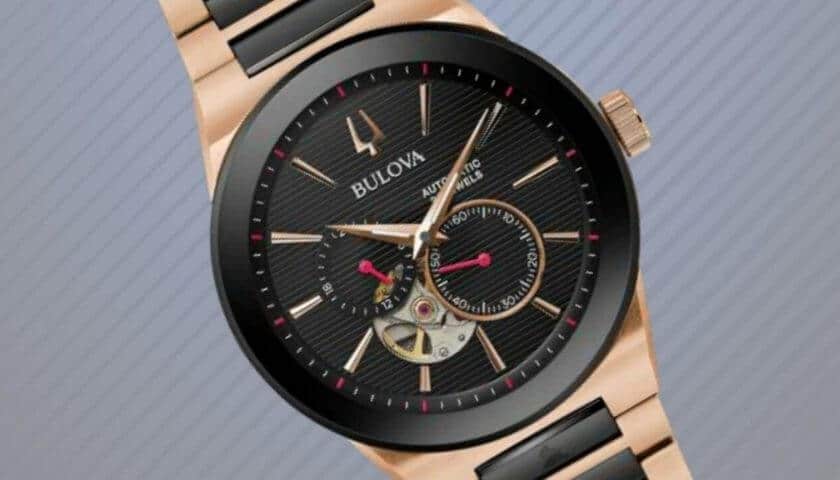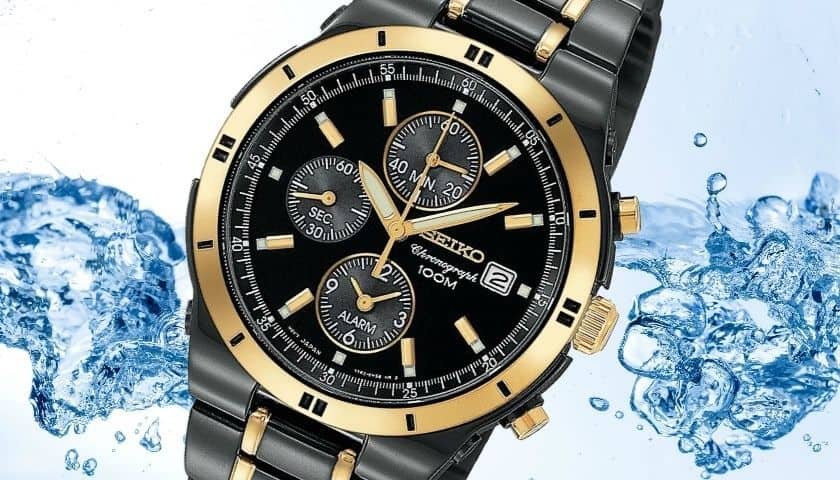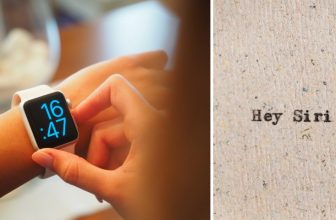How Automatic Watches Work | Everything You Need To Know
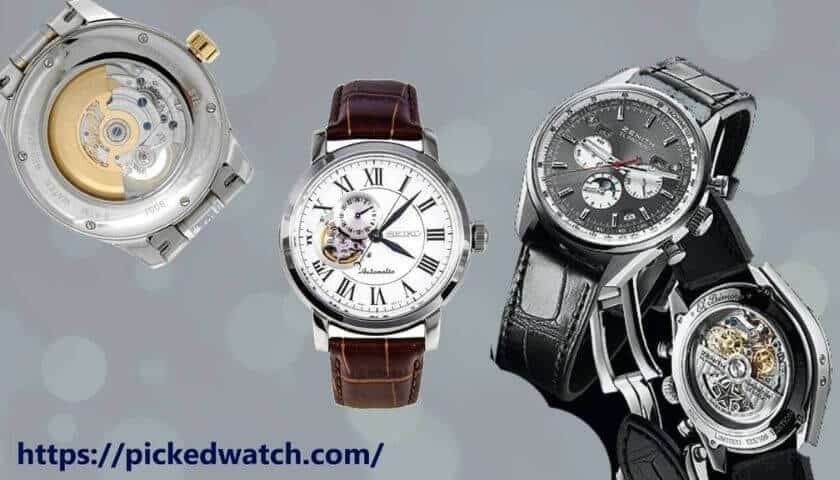
As an Amazon Associate, I earn from qualifying purchases.
Movements are the main factors we use to identify the working system of watches. It is more like an art drive that enthusiast the exploration of watches, and these all belong to the operating system of timepieces. It guiding us the wearer to understand their product more than anything else.
The movement of the timepiece is its core function. So how these automatic watches are working? These all things are starting with the factor that we say this as a machine. Some processes involve this working system, and it explains how hard efforts are taking this to work correctly.
So how exactly this working process happens? Here is the explanation.
How does an automatic watches work
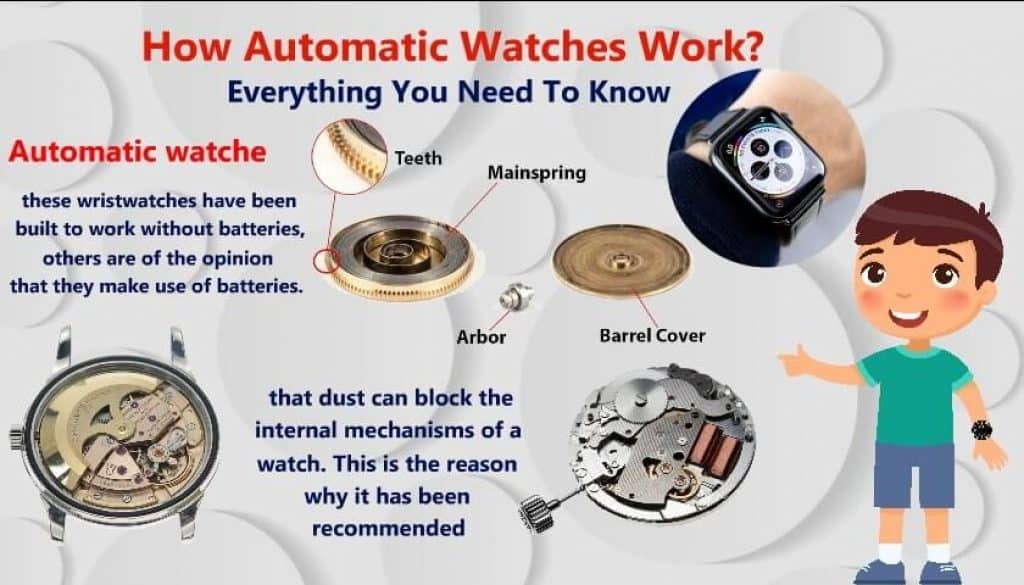
All these items have some intricate parts, and they are all arranging within a systematic order. It is always essential for these to have precision and accuracy, and it is always asking to ensure the functionality of these items for having a long run. Every watchmaker has to keep it in their mind.
Many of these timepieces have stainless steel case backs which we can see through, and it allows the user to know the mechanism of this product right away.
Usually, this mechanism consists of mainsprings, gears, knobs, and many other components, and they are working systematically to move the hands in a regulated manner.
The working system of these automatic timepieces has a basic simple principle on it. There is a weight of a semicircular oscillating on each automatic piece, and they move freely. We those product movements are lying on the rotor.
The watch face continuously brings into the newest position by using the arm movements, and the rotor uses gravity to fall back into the lowest position. These movements generate torque, and that torque is transmitting into the movement by using a winding mechanism.
The arm movements are constantly being equal to the kinetic energy. So arm movement is converting into mechanical energy, and it is doing by the rotor. Inside this movement, the rotor connects into the tension spring, serving as an energy store for those movements.
The tension spring is transmitting the stored energy onto this movement with the balance wheel, driving it. By using each of the movements, the rotor tightens the tension spring and converts that mechanical energy into an energy of potential.
This energy that we got from the arm movement is storing in the movement tension spring.
This is not like a manual wound movement. The tension spring is wounding continuously with each movement of those watches, and there is also a friction clutch. The installed friction clutch prevents the tension spring from any over-tightening of the tension spring.
A friction clutch is separating the timepiece from that shaft when there is a reaching specific torque. So if we take it from another word, automatic timepieces are not capable of moving too much.
After spending 30 into 60 hours, the power reserving on these watches is usually reaching, requiring a new winding.
There are some people in here that they do not consider winding their automatic timepieces. To store a timepiece, they are putting them into a winder at night. In their, watches are continuously moving, and as a result, they constantly began to wound.
If we take all these working procedures into one, we can generally say that this operating procedure requires kinetic energy from its user.
Read next: Why Automatic Watches are Better
Do automatic watches have batteries?
You may think that all the timepieces are requiring batteries to work. But have you seen any type of other regulating timepieces? Some of them will not require any battery, and they are working so well without batteries. They only wound.
Automatic watches are not requiring batteries. They are making their power of the user. And it is generating through the movements they are doing with their arms. These timepieces contain a rotating weight, and it always works with the natural movement of a hand.
The movements of the hands are winding the watches and will give it some power, so we identify these types of timepieces as self-winding watches as well.
How do self-winding watches work?
When quartz items came into the market, they took the places of those normal mechanical timepieces, and it doesn’t turn out to be like that somehow. And then these self-winding timepieces took the popularity from the industry than ever.
In a self-winding item, you will see what is inside there because it has a transparent back. So there are visually appealing systems on the backside, and there is a semicircular type of metal peace on those self-winding items. We call this the heart of it.
This semicircular item is somewhat heavy, and it is affecting by gravity because of its weight. When a user moves the watch, this piece will also move, so it always has a point towards the ground.
When a person walks by, moving their hands back and front, and when you are swinging it into forth and back, this named metal piece moves into the back and for the first inside your timepiece. This piece is generally attaching to the gear train that will gear its way down.
Each of your movements from the arm keeps the wound of the timepiece easily. And the spring in here is storing considerable energy into it. So that energy is using to keep your timepiece for about a day and a half. It especially happens if you are leaving it within your dresser.
Most of the self-winding items in modern days are working into this procedure.
- There is an added rotor to the manual parts, and it is the metal weight
- The rotor is connecting into the movements, and it will rotate free
- The wearer’s wrist movements are resulting from transferring of the energy into the mainspring
- Then your mainspring is starting to wound
There is no much-taking energy on these movements. So you shouldn’t pay more attention about its time.
Frequently Asked Questions (FAQ)
Question 1: Does automatic watch stop when not in use?
Answer: If you don’t wear it for about 24 hours and lasts for like 48 hours, it does not go running. It just stops. Ideal automatic timepieces are wounding with 30 rotations to restore their energy. Even some amount of turns on the crown or a simple shake are enough for them to get back into starting work.
Question 2: How long do automatic watches last?
Answer: If you make it fully wound, it can last for days. Some may last for even weeks without having any additional type of winding. There will be a life of 40 to 50 hours for an average item, and this may change and extend. But usually, 40 to 50 hours are the typical amount of timing.
Question 3: How to keep automatic watch when not wearing?
Answer: You can simply keep the wound of your product into a watch winder. If there are hand-winding movements, you will wound the product by winding it through your hands every day.
Question 4: How long does it take to wind an automatic watch?
Answer: The power reserve will be the time amount it is taking for a fully wounded item for unwinding when they are not worn. Most of the mechanical items are power reserving between 36 hours into 42. That means that a timepiece will run for that total duration after having a full winding.
Wrapping up
So with all these contents, we can identify that automatic timepieces are working through kinetic energy. This kinetic energy is producing by the human body and its movements, and that is where we see the forming of kinetic energy. They will not use batteries to operate, and the natural energy make through the person’s movement will save the day.
As an Amazon Associate, I earn from qualifying purchases.
- Do Smartwatches Need Data Plans | All Things to know - July 14, 2022
- How to Charge Apple Watch Without Charger - July 10, 2022
- The 7 Best Smartwatches for Small Wrists | 2022 Ultimate Guide - March 5, 2022

